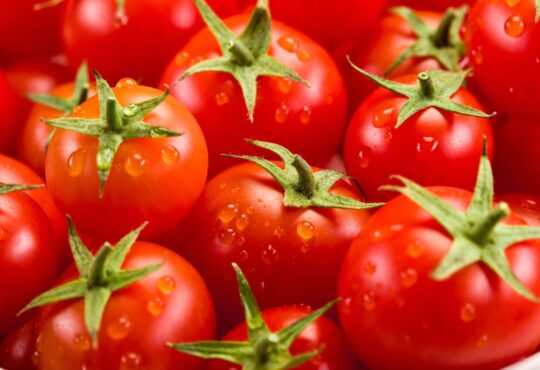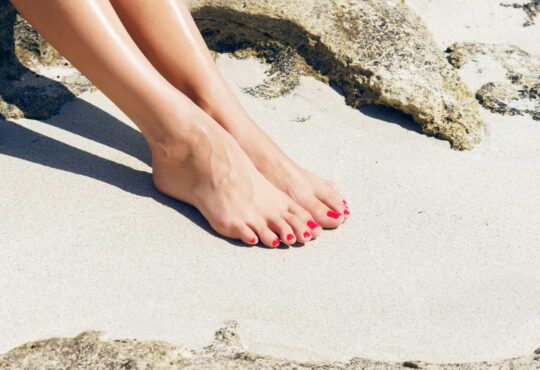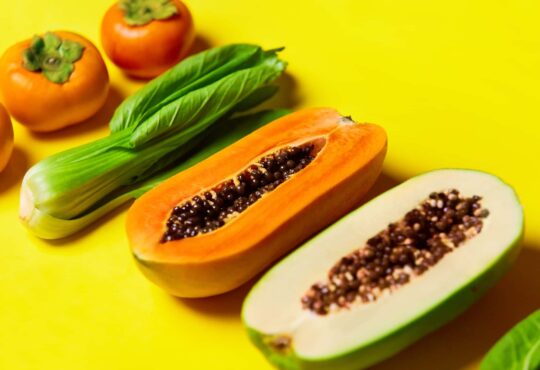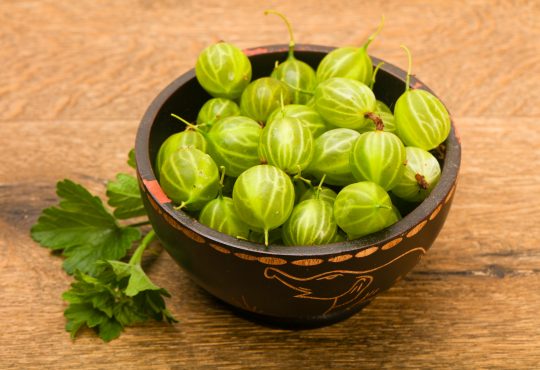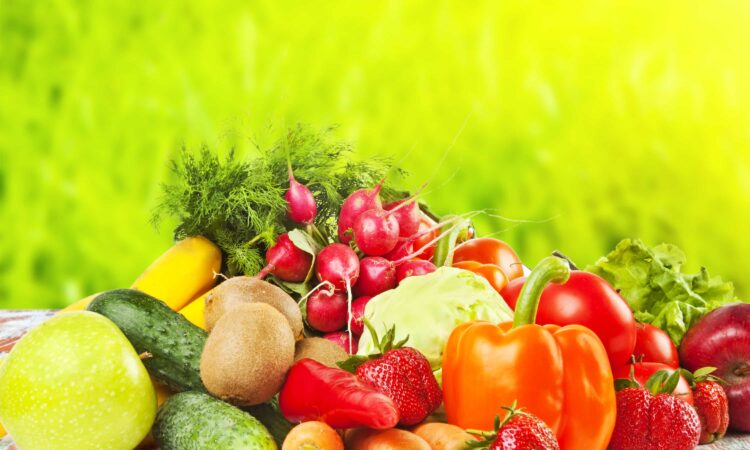
Dermatologists and other experts pound it into our heads:
The gravest danger to your skin is sunlight – especially the ultraviolet radiation in sunlight, UVA, and UVB.
With UVA blasting your skin, you get pigmentation, premature skin aging, and DNA damage, which can lead to some skin cancers.
With UVB exposure, you have sunburn, including oxidative stress and inflammation. The stress and inflammation also damage DNA, which can lead to some skin cancers.
Therefore, we wish to minimize skin exposure to these dangerous ranges of sunlight.
That protects your youthful, beautiful face – and guards you from the chief risk factor for skin cancer.
Sun blockers and Sunscreens Come With Problems
Most sunscreens work against UVB, not UVA, radiation.
Some products are labeled inaccurately.
Many sunscreens degrade when exposed to sunlight.
Many sunscreens contain harmful chemicals. (Sunblockers such as titanium dioxide and zinc oxide avoid this problem.)
All sunscreens and sunblockers rub off with moisture and onto your clothing, or wash away – especially when you swim.
Even if everything else were perfect – and it’s not – sunscreens and sunblockers are a hassle and simply can’t efficiently and effectively cover all your exposed skin all the time.
The Little-Known Skin Aging Risk Factor
That’s high consumption of alcohol.
Science has found excessive drinking is associated with higher rates of sunburn – which leads to higher skin inflammation. Over time, that leads to early skin aging and visible signs of getting older, such as wrinkles.
Is it because people are passing out while lying in the sun? That probably does account for some sunburns.
However, when our bodies process alcohol we’ve consumed, it must generate a huge quantity of free radicals. Those free radicals – or reactive oxygen species – destroy or use up large amounts of your body’s antioxidants.
With its supply of antioxidants used up by the byproducts of alcohol digestion, your skin and its DNA are defenseless against the sun’s radiation.
The short-term result: a sunburn.
The long-term result of such heavy drinking: an older-appearing skin, plus DNA damage that could lead to cancer.
What Blocks Sunlight Radiation Damage from Your Inside Out
That’s plant compounds – polyphenols and antioxidants.
These phytonutrients protect your skin from both UVA and UVB, shielding it from the harsh effects of the sun. That also protects the DNA of your skin cells, and lowers inflammation.
Magic?
Not at all.
Remember: plants are exposed to large quantities of sunlight too, and too much UVA and UVB can damage them as well.
Therefore, plants have evolved a huge quantity of phytonutrients that protect them from the sun.
We can take advantage just by eating lots of plants, especially fruits and vegetables high in phytonutrients.
When you eat fruits and vegetables – especially the most colorful ones – you consume large quantities of natural antioxidants. Although the most well-known antioxidants are available as supplements, plant foods also contain hundreds or thousands of phytonutrients nobody has yet studied.
You can’t buy them on Amazon for love or money, but they’re right there in the Produce Section of your local supermarket.
The Butt Study
In one project, researchers gave ten women three tablespoons a day of tomato paste (high in the phytonutrient lycopene) for three months.
There was also a control group of ten women, who did not eat the tomato paste.
After three months, scientists burned the rear ends of all twenty women.
The ten women who’d eaten just three tablespoons a day of tomato paste for three months suffered significantly less from the inflicted burns.
In a similar study, one group of participants ate the extra tomato paste for ten weeks, and then were compared to the control group.
The researchers measured the amount of skin redness (erythema) in all the subjects upon exposure to sunlight.
The group who ate the tomato paste for ten weeks displayed 40% less redness – which also indicates less inflammation and, therefore, less injury to the cells and less DNA damage.
Berries are Your Skin’s Best Friend
When scientists measure the antioxidant power of different foods, the winner is clear: Berries.
That includes wild blueberries, blackberries, strawberries, red raspberries, blueberries and cranberries. (Pomegranates are also a powerful skin-healthy fruit.)
A Tropical Fern
That’s Polypodium leucotomos, and laboratory results indicate taking an extract of Polypodium protects your skin from oxidative stress by increasing your body’s supply of glutathione.
Polypodium also reduces inflammation – skin redness. It inhibits the breakdown of both elastin and collagen, the supporting tissues of your skin.
In a clinical trial, scientists gave subjects 240 mg of Polypodium extract two times, before exposing them to UV radiation. (One time eight hours before exposure, the second time two hours before exposure.
Of course, the control half of the group took nothing.
The subjects who received the Polypodium extract suffered 84% less DNA damage than the control group (who took nothing).
In another, similar, study, the group who took Polypodium extract before exposure to UV radiation had:
* 32% less DNA damage
* 78% less inflammation
* 85-100% fewer markers of tumor progression
Diet Does Not Replace Use of Sunscreens or Sunblockers
That’s clear, I hope.
Even so, nothing you can apply onto your skin will be as simple and efficient as simply strengthening your skin’s protection against UV radiation through eating lots of antioxidants.
Internal protection automatically guards every square inch of your skin, even if you step outside for just a minute. Even if you swim laps for an hour.
Conclusion
Along with covering your bare skin with a high-quality natural sunscreen or blocker when spring comes around, keep your skin looking young and beautiful by:
* Eating at least half a cup of berries every day (other colorful fruits are worth eating too, but berries are the richest sources of polyphenols)
* Avoiding tanning salons and beds
* Reducing alcohol consumption.
https://www.lifeextension.com/magazine/2023/7/sun-protection
https://www.youtube.com/watch?v=YvlBppBSKZM


